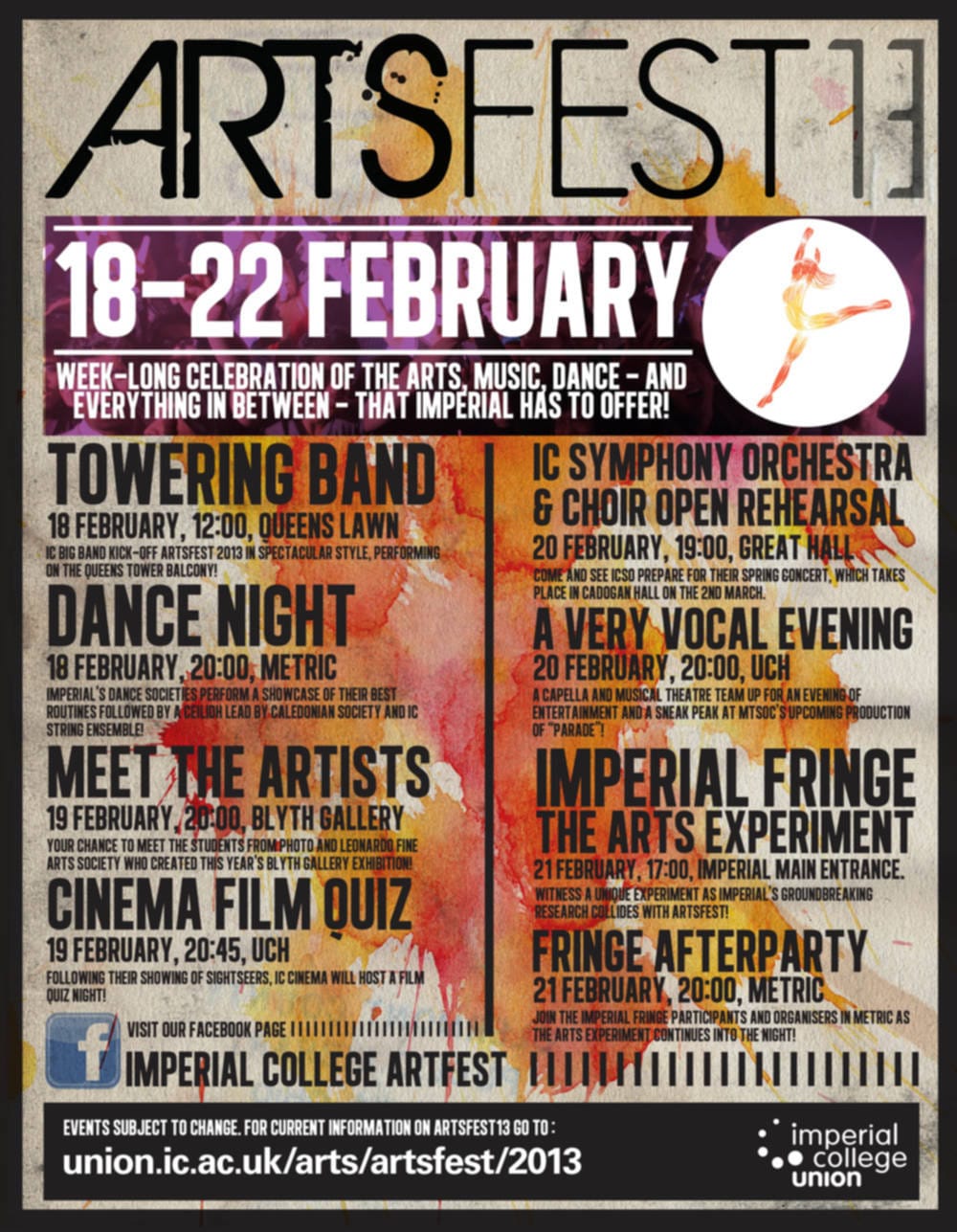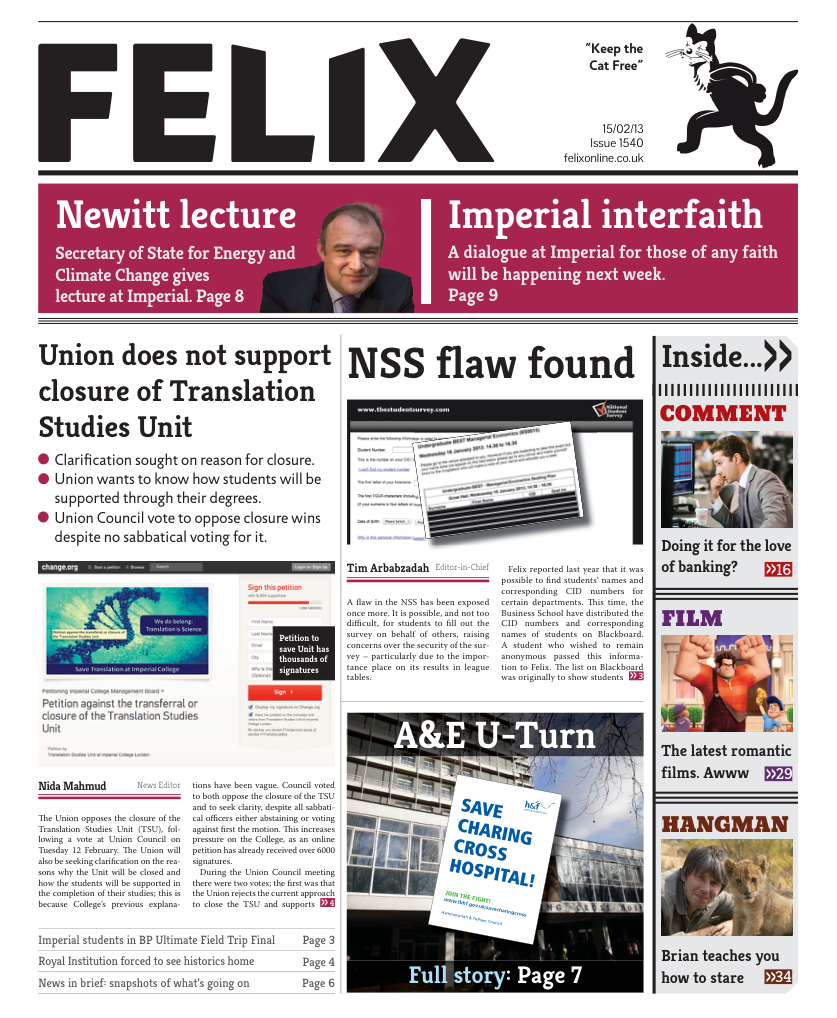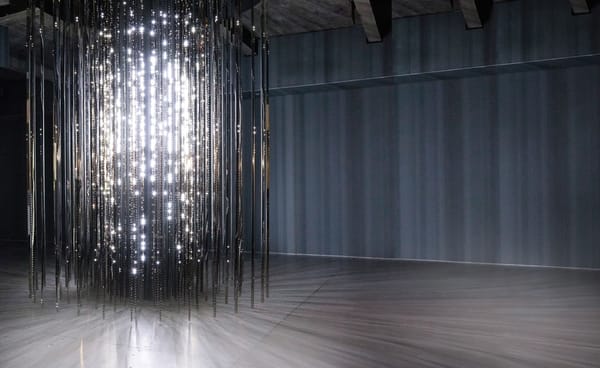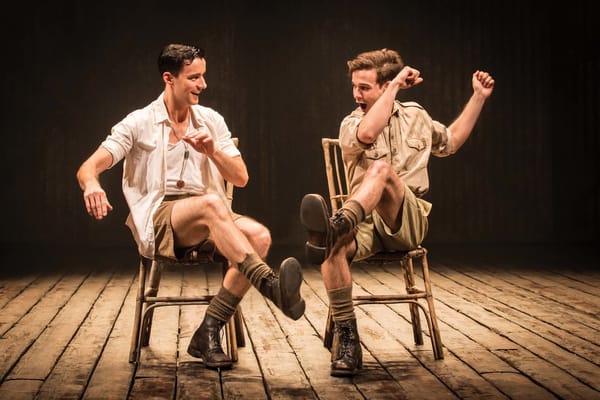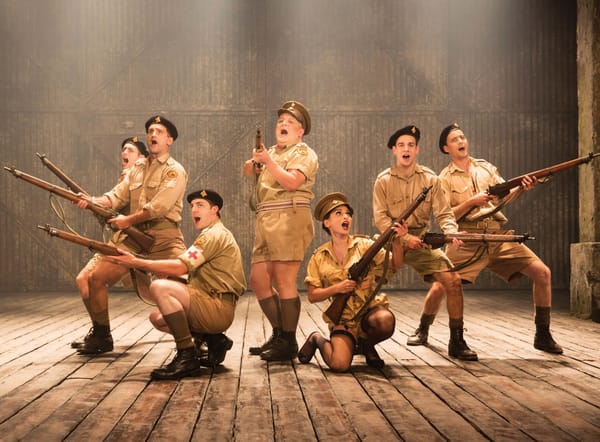Flukeworms
Rocío Molina on the tough process that it takes to produce great art
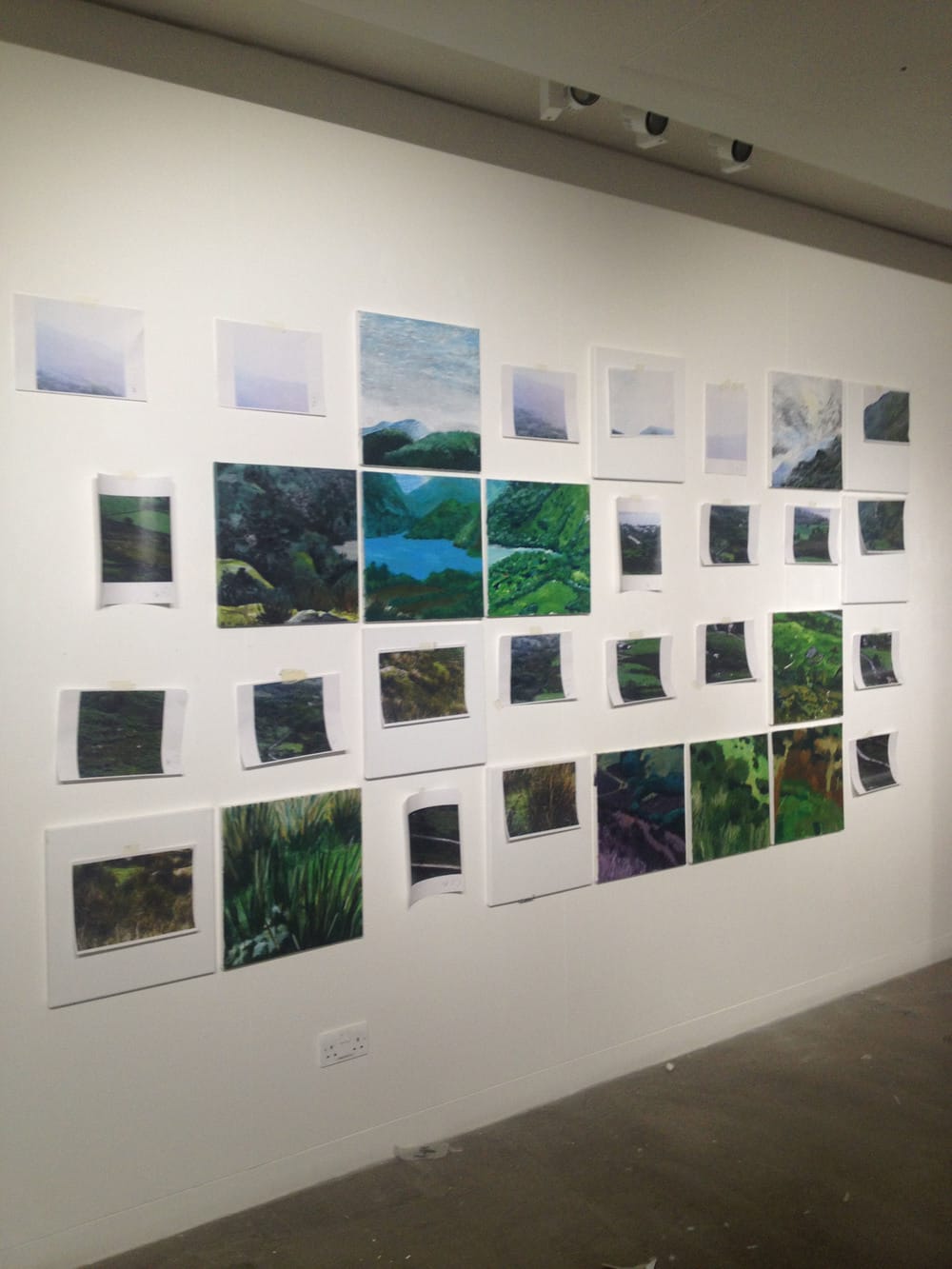
The Artsfest exhibition is an annual institution that has existed since I arrived at Imperial. It is an important event for those who are involved with the Arts on campus. The show, which is planned to coincide with Imperial College’s festival of art, music and dance, features collaboration between members of Leonardo Fine Arts Society and Photographic Society. Some reader might remember the maze of string last year or the flock of paper cranes the year before.
Being a spectator over the past few years allowed me to marvel at the achievement of people who managed to put these breath-taking, genuinely innovative exhibitions up. As part of the LeoSoc committee last year I had a glimpse of the managerial effort it required. This year the job finally fell to me, there was a lot to live up to.
Herding cats is a polite way to describe the task of encouraging artists to produce work. When you add photographers to the mix things start to get really tricky. Disasters, miscommunications and frankly fuck-ups are bound to happen; in fact I believe they are important facets of the creative process. By that measure this year should be a roaring success.
The first round of creative ideas was forged, as all good ideas are, in the pub. Every Monday LeoSoc gathers for a few refreshing pints and we persuaded some photographers to tag along. I started encouraging the regular photographers and artistswho attend our bar nights to share their ideas.
Trying to understand the vision of a fellow artist can be a surreal journey, more so when it comes to sharing your own. Bits of paper or the surface of an iPad become a conduit to illustrate different concepts. Initial rampant, creative outbursts lead to compulsive googling of that installation you remember having seen or that cool image you saw insomeone’s deviant art’s profile. Soon afterwards, the voices of pragmatism rise, not in short supply at this university, and cry out to bring all those ideas down to earth. Then follows the fuss over where to procure kilometres of wool, or hundreds of LEDs or where to buy a few thousands polystyrene cubes.
Day-dreaming continued while deadlines loomed and in my head a warning light began to pulse as the day-to-day running of the society started chewing up my time and spitting out bones. I needed to put something together now. Ideas, once decided started to transform again and after a brief meeting with Photosoc a new feasible idea sprung out.
Time is ticking but the aim was clear now. I was to get sixteen painters from LeoSoc to paint a piece each. I had to start making calls to gather the first group of painters, then call CassArt to ensure there were enough canvases in stock. I received an image from the photographers that we were to paint. This is the part where the fun really started, bohemian scenes of intense painting sessions and banging tunes in succession, by the start of the week we already had ten paintings.
Hanging day arrives; we still do not have all the paintings but plenty to get started. Showing the paintings to PhotoSoc it dawns on me that there has been a massive communications breakdown, our paintings were not what they are expecting.
The ability to improvise and make of the mishap a source of inspiration is one of the things that I adore about this job. Fortunately the very way we had conceived the exhibition, in terms of pixels, helped form an idea to salvage the exhibition. As ever the last minute change proves more interesting than the original plan.
As I write, some paintings are still in the making and the prints are coming tomorrow but I feel positive. The paintings look outstanding and a few people have already asked if they are for sale.
If you as curious about the end of this story as me, the show opens next week There will be wine and you can meet all those that put the show together by pulling it out of a spin dive at the last minute.
Opening party on Febuary 19th 8pm, Blythe Gallery, Sherfield Level 5.
